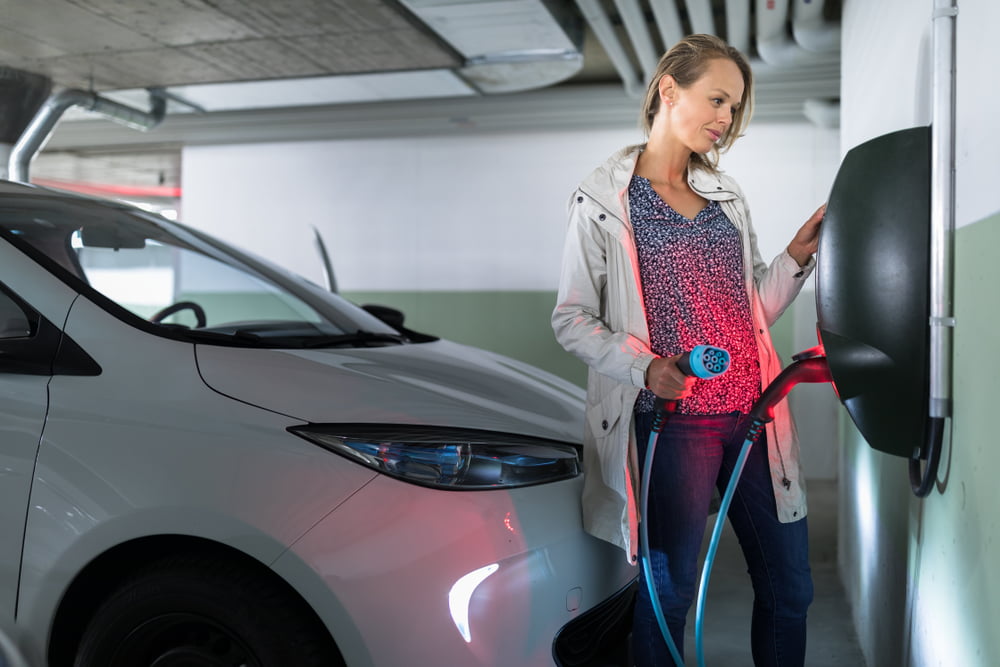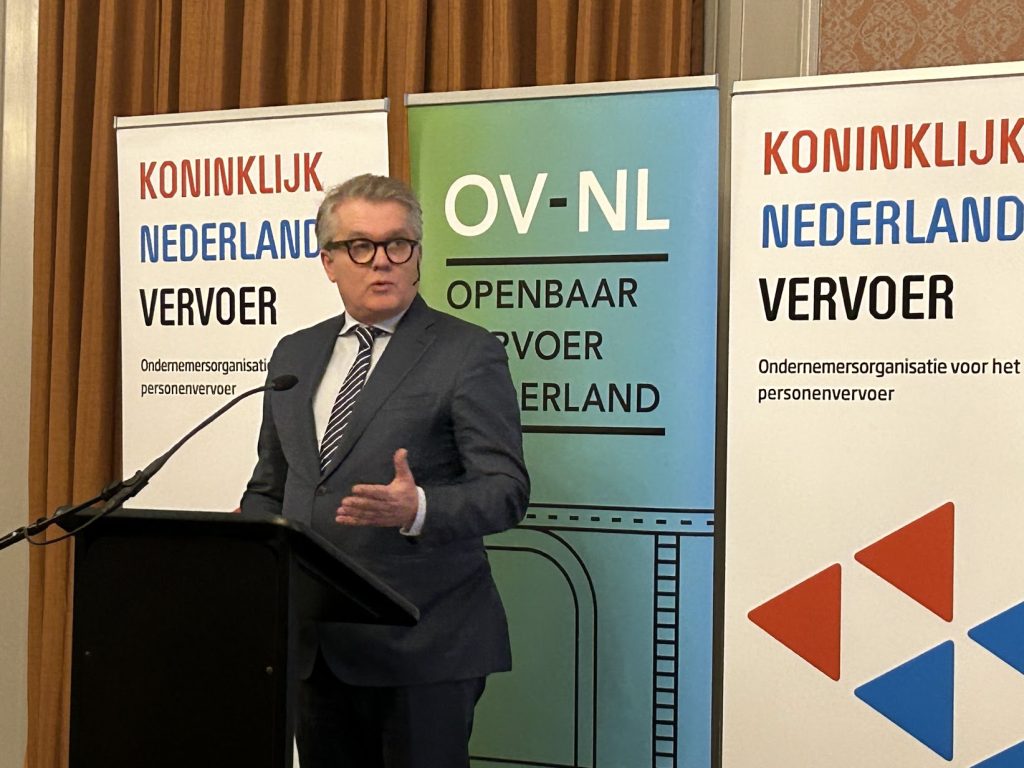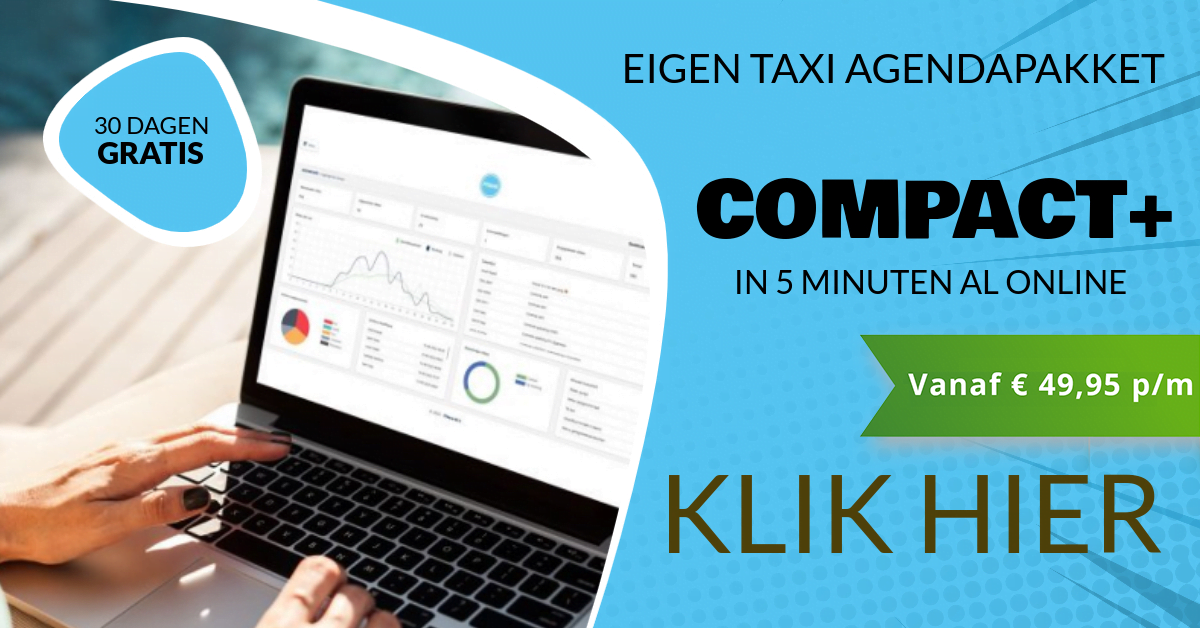Local and national governments, together with the private sector, face the challenge of keeping up with the rapid changes in electric mobility.
During the National Sustainable Mobility Conference in Utrecht, various stakeholders signed a renewed cooperation agreement that sets the tone for the future of electric transport in the Netherlands. State Secretary for Infrastructure and Water Management, Vivianne Heijnen, deputies, councilors and grid operators approved an extension of the National Charging Infrastructure Agenda (NAL) until 2030. The pact comes at a critical time, as the Netherlands is ambitiously aiming for an emission-free mobility sector by 2050. .
The comprehensive agreement under the umbrella of the NAL is intended to create a nationwide network of charging stations for all types of electric means of transport. And that is no easy feat. In addition to electric passenger cars, there are vans, trucks, buses, construction machines and even inland vessels that have to make the switch to electric. As Vivianne Heijnen indicated: “In the coming years, more and more electric trucks will be added; by 2030, ten percent will be driving electrically. Sufficient charging infrastructure is therefore essential. Moreover, European regulations in this area will come into force in 2024.”
With the renewed agreement, all parties involved intend to make charging an electric vehicle as accessible as charging a smartphone. Preliminary figures show that the Netherlands is on schedule. According to Gerben Jan Gerbrandy, chairman of the NAL, there will be almost 1 charging points by September 2023, 590.000, including 442.000 home charging points and 4.500 semi-public fast charging points.
The approach is divided into six NAL cooperation regions, where provinces, municipalities and grid operators join forces. This includes detailed plans for installing charging points and determining the required electricity capacity. Eva Oosters, councilor of Utrecht and administrative representative of NAL G4, emphasized that clean air and emission-free mobility go hand in hand. “As Utrecht and G4, we are happy with this collaboration until 2030. This allows us to realize our ambition for emission-free city logistics.”

As Gerben Jan Gerbrandy noted: “Political-administrative cooperation with all those involved is crucial to be able to take the necessary next steps.”
This new cooperation agreement makes it clear that the Netherlands not only takes the transition to electric mobility seriously, but is also prepared to work together on a robust infrastructure that makes this possible. It is an important step towards a more sustainable future, but the real touchstone will be how quickly and efficiently these plans are turned into tangible results.
Bus transport in the Netherlands
Signatures were also signed under the agreement framework for Emission-Free Coach Transport. Bertho Eckhardt, chairman of Bus Transport Netherlands, accompanied State Secretary Vivianne Heijnen and aldermen of Utrecht, The Hague, Amsterdam and Eindhoven, as well as RAI director Olaf de Bruijn, to ratify this historic agreement.
The goal is ambitious but crystal clear: the entire coach sector must be emission-free by 2030. This is particularly relevant for cities that already have or are planning to establish a zero-emission zone. The road to this green transformation will be paved with a series of measures, including a subsidy program that will start in the spring of 2024 and an evaluation in 2025 to test the feasibility of the objectives.

However, Eckhardt emphasized that the sector is currently still facing significant obstacles. Companies in the coach sector took a major hit during the corona crisis and had to draw on their financial reserves. In this context, investments in new, clean technologies are not self-evident. “The subsidy scheme that is part of the agreement framework is therefore crucial,” says Eckhardt.
The challenges facing the coach sector are certainly not minimal, and this agreement framework recognizes that. It provides not only financial incentives but also a structure for ongoing evaluation. This allows timely action to be taken if the 2030 targets prove to be unrealistic. What this agreement above all symbolizes, however, is the recognition of all parties involved that the time for half-hearted measures is over. The clock is ticking, and if the sector wants to achieve its climate goals, everyone must be on board. And that message now has an official stamp.
about the NAL
De National Charging Infrastructure Agenda (NAL) is a multi-year policy agenda that emerged from the Climate Agreement in 2019. In the NAL regions, provinces, municipalities and grid operators work together to realize a nationwide, reliable and future-proof charging network. There are a total of six NAL collaboration regions: Northern Netherlands (provinces of Groningen, Fryslân and Drenthe), Eastern Netherlands (provinces of Gelderland and Overijssel), Southern Netherlands (provinces of Limburg, Noord-Brabant), Southwest Netherlands (provinces of South Holland and Zeeland) , Northwest Netherlands (MRA-Electric – Flevoland, North Holland and Utrecht) and the G4 (the collaboration of the four major cities). Collaborating grid operators are: Stedin, Alliander, Enexis, Juva, Coteq, Rendo.



